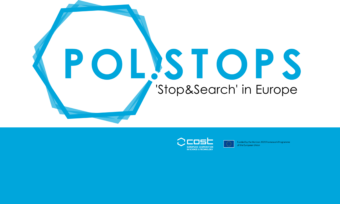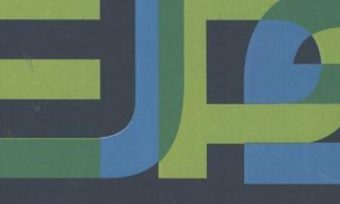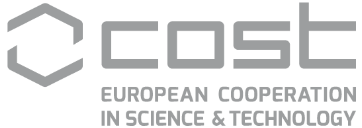By Kenny Ramsay
The creation of Police Scotland in 2013 was highly significant for policing in Scotland and the new, national organisation had to quickly adopt and adapt existing best practice, to provide a new Policing Model that delivered an appropriate level of consistency of operational approach across the country. As part of the work to develop that national approach, the widespread use of ‘Stop and Search’ (including where the tactic was deployed on an informal, consensual basis) was promoted as an effective tactic to address crime (and violent crime in particular) and it was considered a contributory factor to falling crime rates.
However, the perceived significance of the impact of ‘Stop and Search’ on violence and offender behaviour, and its apparent effect in terms of improving the prevention and detection of crime, was not universally accepted. As such, the practice was subject to detailed academic research which found no evidence to support a correlation between the volume of stop and search and reduction in crime.
This was a very real turning point for Police Scotland. We accepted the research findings and initiated scrutiny and inspection into policy and practice, which would change the use of Stop and Search in Scotland forever. The intensive review of the practice resulted in 82 recommendations from inspection bodies including the Scottish Institute for Policing Research (SIPR), the Scottish Police Authority (SPA), Her Majesty’s Inspectorate of Constabulary for Scotland (HMICS) and the Scottish Government. Police Scotland made a firm commitment to accept the 82 recommendations and the Scottish Government appointed an Independent Advisory Group for Stop Search (IAGSS), to ensure that the important changes required were made appropriately and promptly.
The IAGSS produced a Code of Practice (The Code), which provided accountability and transparency around the use of a valued policing tactic. Whilst building in the scrutiny and governance to provide officers with the confidence to use their powers under the Code, it also provided the public with assurance that the use of the powers was lawful, necessary and proportionate.
Such was the extent of change to policy and practice, a national training programme was designed and delivered to all officers up to the rank of Inspector. The training assisted in driving cultural change and supported officers in their use of Stop and Search by making clear that their activity should be based on information, intelligence and their own observations. This helped them to assess and develop their own communication skills and engagement with the public and to understand the impact their actions could have. Fundamentally, the training reinforced the importance of officers ensuring their use of relevant powers must be lawful, necessary, justified and proportionate.
The Code was introduced in May 2017 and, as with any new enacted legislative framework, was subject to subsequent review. The IAGSS carried out both 6 and 12 month reviews of data and the Scottish Government appointed IPSOS MORI to carry out a qualitative analysis of the Code’s introduction as part of the 12 month review.
The data and qualitative reviews provided positive findings and led to the IAGSS reporting to the SPA that the introduction of the Code had brought about a reliable and accurate method of recording and reporting of data.
Whilst not the only measure of the effective use of the tactic, increased recovery of illicit and harmful items set against a reduced volume of searches is a positive outcome. The increased removal of dangerous and illicit items from communities across Scotland as a result of officers’ actions in accordance with the Code, helped to positively influence perceptions about the fair use of the tactic.
As a group, the IAGSS holds the view that Stop and Search is now considered as just one of a number of appropriate tactics which may be used within everyday policing. Nevertheless, it continues to be an important tactic that should be used in appropriate circumstances and informed by evidence and intelligence. i.e. ‘at the right time, in the right place and involving the right person’.
So, where are we now on the journey of the Code and stop and search? We have come a long way in terms of developing practice and the focus for officers is very much intelligence led and based on positive engagement to remove illicit and harmful items, safeguarding people and the communities of Scotland.
The activity and engagement is not only responsible for preventing and detecting crime; it also allows officers to identify vulnerability and, where appropriate, share relevant information with partner agencies. Clearly it is more appropriate to support and assist vulnerable people into services that meet their needs, than criminalise behaviour that is borne out of vulnerability.
The Code and changes to policy and practice have led to improved use of the tactic of Stop and Search and improved officer confidence in its use over time. This can only be good thing, not only for police practice, but for general positive engagement between the police and the public. The Code and training, combined with the established and ongoing governance and assurance, has helped to promote the legitimate use of the tactic. Low numbers of complaints year on year, since the introduction of the Code, supports this position. Stop Search is viewed as more proportionate and effective, without creating tension or concerns and contributes to safer communities across Scotland.
To find out more about the process of Stop and Search reform in Scotland, please see the resources provided as part of our previous online event ‘Improving the Governance and Practice of Police Stops’ from 24 November 2020.





